In the bustling world of professional environments, where every detail seems to matter, one often overlooked element plays a significant role in shaping our experience: fabrics. From the chairs we sit on to the sofas in the lobby, the choice of fabric can profoundly influence comfort, productivity, and the overall ambiance of the workspace. Let’s delve into why fabric selection for office furniture matters and how it shapes our professional environment.
Comfort Equals Productivity
Consider the average workday: hours spent seated at desks, in meetings, or waiting in reception areas. Comfort becomes paramount in ensuring employees can focus on their tasks without distraction. Fabrics with plush textures, like soft upholsteries or padded cushions, provide essential support and comfort during extended periods of sitting.
Ergonomic chairs with breathable, cushioned fabrics not only promote better posture but also alleviate discomfort, reducing the risk of fatigue or musculoskeletal issues commonly associated with prolonged sitting. Prioritizing comfort in office furniture fabric selection is an investment in employee well-being and productivity.

Aesthetic Appeal
Beyond comfort, the choice of fabric contributes to the visual identity of the workplace, reflecting the company’s values and brand image. Sleek, luxurious fabrics like leather or faux suede convey sophistication and professionalism, ideal for executive offices or boardroom seating.
For companies prioritizing sustainability and eco-friendliness, fabrics made from recycled materials or organic fibers align with their values and enhance their reputation as environmentally responsible organizations. Additionally, vibrant colors and patterns can inject energy and creativity into collaborative spaces, fostering a dynamic and inspiring work environment.
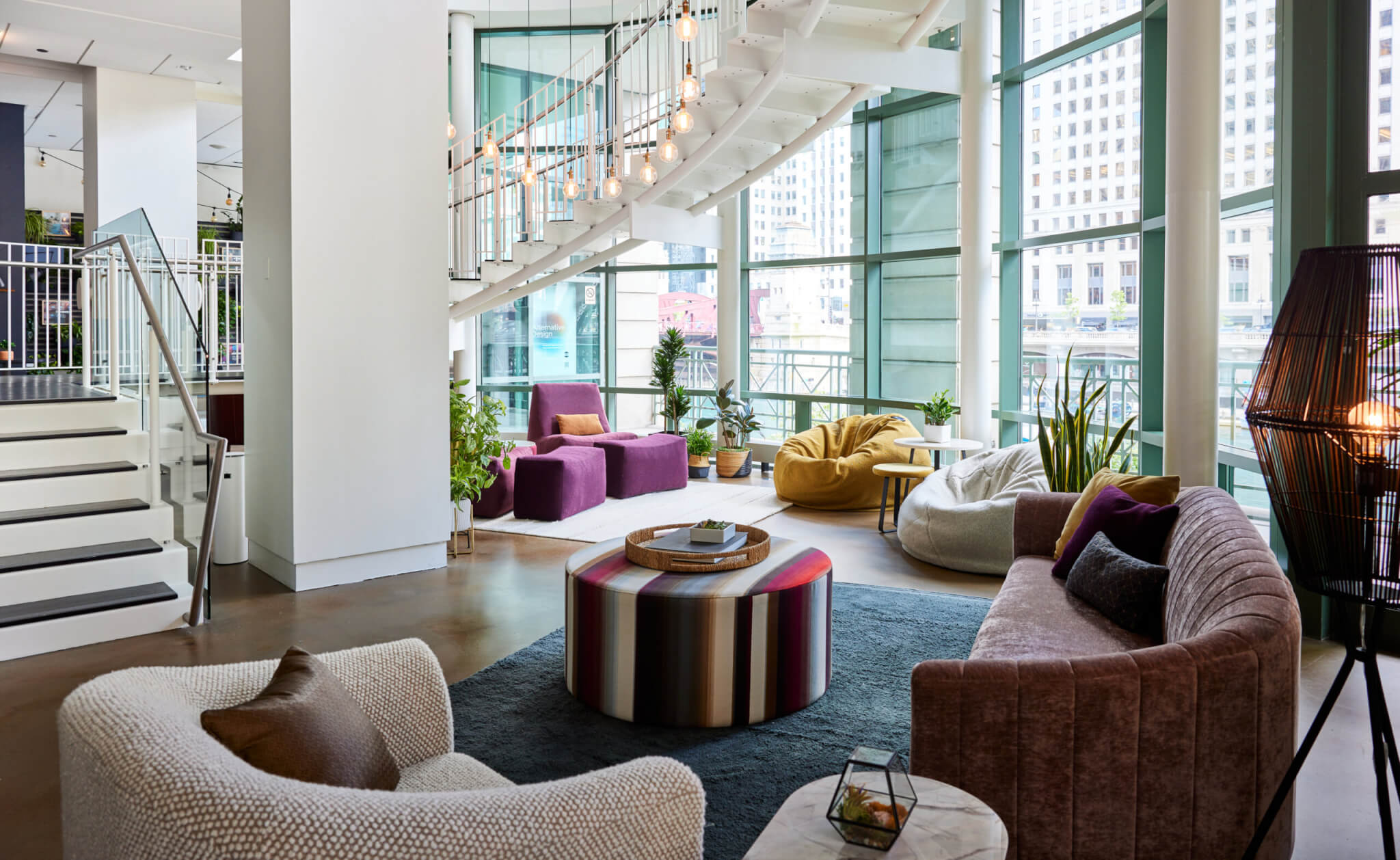
Durability and Maintenance
In high-traffic areas such as reception desks or meeting rooms, durability is a key consideration when selecting office furniture fabrics. Fabrics engineered for commercial use, such as stain-resistant textiles or easy-to-clean surfaces, ensure that furniture maintains its appearance despite frequent use.
Investing in durable fabrics not only prolongs the lifespan of office furniture but also minimizes maintenance efforts, reducing the need for frequent cleaning or repairs. By choosing fabrics that can withstand the rigors of daily use, organizations save time and resources while ensuring a consistently pristine workplace environment.
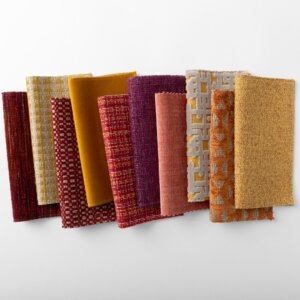 Psychological Impact
Psychological Impact
The tactile experience of fabric can also influence the psychological well-being of employees and visitors alike. Soft, inviting textures create a sense of comfort and warmth, fostering a welcoming atmosphere that encourages relaxation and engagement. In contrast, harsh or abrasive fabrics may evoke feelings of discomfort or unease, detracting from the overall experience.
By selecting fabrics that evoke positive emotions and sensory experiences, organizations can create an environment where employees feel valued and supported. Thoughtfully curated fabrics contribute to a holistic approach to workplace design, enhancing both physical comfort and emotional well-being.
In conclusion, the fabrics chosen for office furniture play a crucial role in shaping the workplace experience. From promoting comfort and productivity to reinforcing brand identity and fostering emotional connections, fabric selection is a nuanced decision with far-reaching implications. By prioritizing comfort, durability, and aesthetic appeal in the choice of fabrics for office furniture, organizations can create a workspace that not only looks inviting but also feels like home.



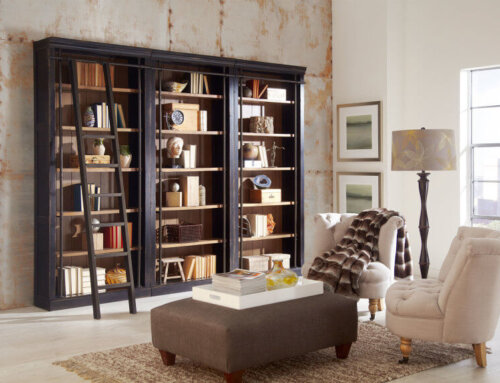
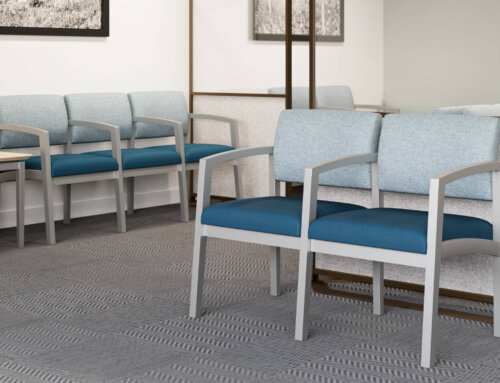
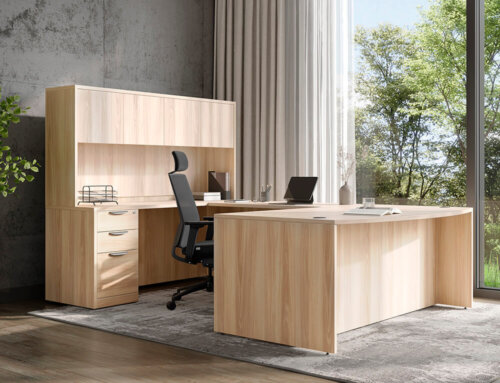
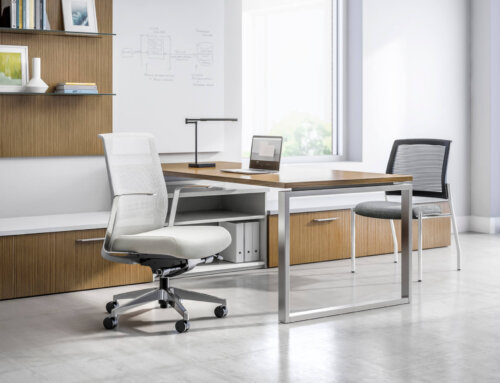
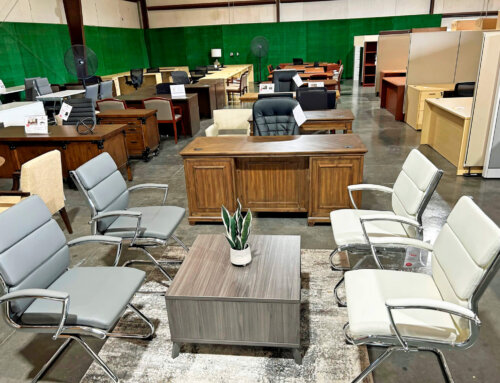
Leave A Comment